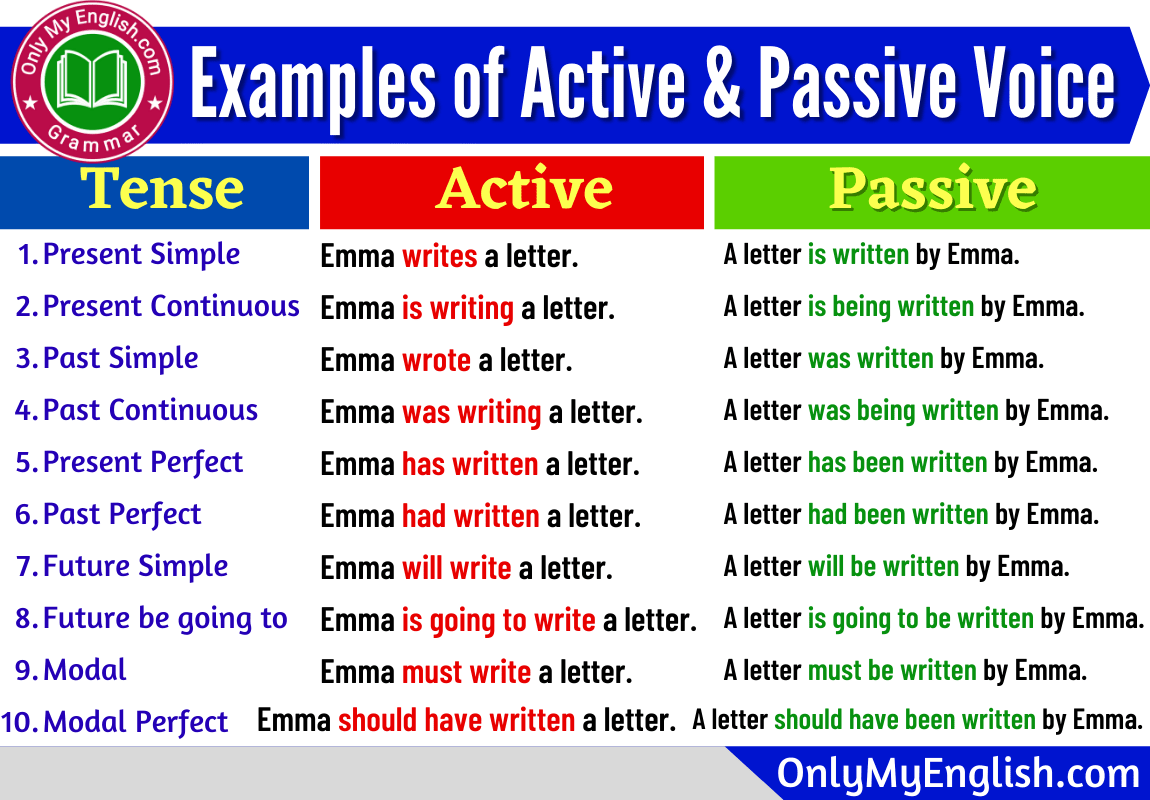When it comes to writing, understanding the difference between active and passive voice is essential. Active voice is when the subject of a sentence performs the action, while passive voice is when the subject receives the action. Both have their own uses and can impact the clarity and effectiveness of your writing.
Using active voice can make your writing more direct, concise, and engaging. It is often preferred in most types of writing as it helps to clearly identify the doer of the action. Passive voice, on the other hand, can be useful when the doer of the action is unknown, unimportant, or when you want to focus on the recipient of the action.
Examples of Active vs Passive Voice:
1. Active Voice: The teacher graded the students’ homework.
2. Passive Voice: The students’ homework was graded by the teacher.
In the first example, the subject “teacher” is performing the action of grading, making it an active voice sentence. In the second example, the subject “homework” is receiving the action of being graded, making it a passive voice sentence.
3. Active Voice: The team won the championship.
4. Passive Voice: The championship was won by the team.
Active voice in this example clearly identifies the subject “team” as the doer of the action, while passive voice shifts the focus to the championship being won by the team.
5. Active Voice: The company launched a new product.
6. Passive Voice: A new product was launched by the company.
Here, active voice highlights the company as the initiator of the action, whereas passive voice emphasizes the new product being launched.
In conclusion, choosing between active and passive voice depends on the context and purpose of your writing. Active voice is generally preferred for its clarity and directness, while passive voice can be used strategically for emphasis or when the doer of the action is less important. By understanding the differences and using both effectively, you can improve the overall quality of your writing.
